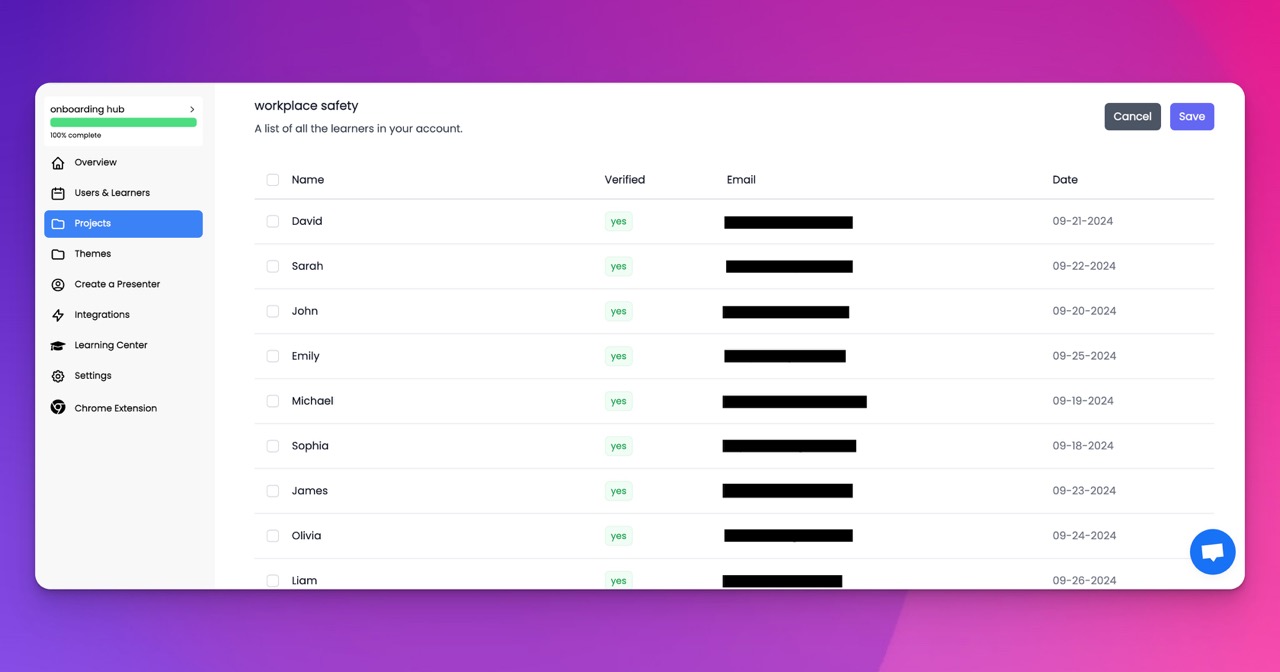🎉 Trainday now integrates with Zendesk and Hubspot 🎉 Trainday now integrates with Zendesk and Hubspot 🎉 Trainday now integrates with Zendesk and Hubspot
🎉 Trainday now integrates with Zendesk and Hubspot
Contact
Investment Banking
The Cost of Employee Turnover in Investment Banking and How to Reduce It
The Cost of Employee Turnover in Investment Banking and How to Reduce It: Leveraging Data and Artificial Intelligence for Efficient Training Courses
Employee turnover in investment banking can be a significant challenge for organizations. Not only does it disrupt workflow and cause a loss of knowledge and experience, but it also incurs substantial financial costs. To address this issue, investment banks are increasingly utilizing data and artificial intelligence (AI) to create relevant and efficient employee training courses in record time. In this blog post, we will explore the cost of employee turnover in investment banking and discuss how leveraging data and AI can help reduce it through the creation of fast and effective training initiatives.
Understanding the Cost of Employee Turnover:
Employee turnover in investment banking can be an expensive affair. The direct costs involve recruitment expenses, such as job advertisements, background checks, and hiring bonuses. Indirect costs encompass the loss of productivity during the transition period, decreased client satisfaction, and potential impacts on team dynamics. Additionally, there are intangible costs, including the erosion of organizational culture and reputation. By understanding these costs, investment banks can better appreciate the urgency of finding effective solutions to reduce employee turnover.
Leveraging Data for Efficient Training:
Data analytics plays a crucial role in identifying patterns and trends related to employee turnover. By analyzing exit interviews, performance reviews, and employee surveys, investment banks can uncover reasons for turnover and identify areas of improvement. This data-driven approach enables organizations to focus on specific training needs that can enhance employee engagement, satisfaction, and overall retention rates.
Utilizing Artificial Intelligence for Tailored Training Courses:
Artificial intelligence is revolutionizing the way training courses are designed and delivered. By analyzing vast amounts of data, AI algorithms can identify skill gaps and individual learning preferences, allowing for personalized training experiences. Investment banks can leverage AI to develop tailored training programs that address specific needs of employees and cater to their unique learning styles. This not only saves time but also ensures that the training initiatives are relevant and engaging.
Fast and Effective Training Courses:
Traditional training methods often involve lengthy development cycles and generic content that may not resonate with investment banking professionals. AI-powered training solutions enable investment banks to create courses rapidly and efficiently, tailored to the specific skills required in the industry. By providing employees with access to up-to-date and relevant training materials, organizations can enhance their knowledge and skills, ultimately reducing turnover.
Benefits of Data and AI-driven Training Initiatives:
Implementing data and AI-driven training initiatives offers several benefits beyond reducing employee turnover. These initiatives create a culture of continuous learning, allowing employees to stay updated on industry trends and regulatory changes. Moreover, such programs enable investment banks to identify high-potential employees and nurture their skills, fostering career growth and employee loyalty. By investing in training courses that are data-driven and AI-powered, organizations can build a strong and resilient workforce.
Conclusion:
The cost of employee turnover in investment banking is substantial, both in financial terms and in terms of lost expertise. However, leveraging data and AI in the creation of relevant and efficient training courses can significantly reduce turnover rates. By analyzing data to identify skill gaps and using AI algorithms to develop personalized training programs, investment banks can ensure that their employees receive fast and effective training that enhances engagement and retention. Embracing data and AI-driven training initiatives not only reduces turnover but also nurtures a highly skilled and engaged workforce, ultimately contributing to the success of investment banks.
Accelerate Compliance.
Deliver OSHA-Ready Courses Instantly.
Empower your team with data-driven training solutions tailored to your industry's safety standards. Stay compliant, reduce risks, and boost productivity with AI-powered course creation.
